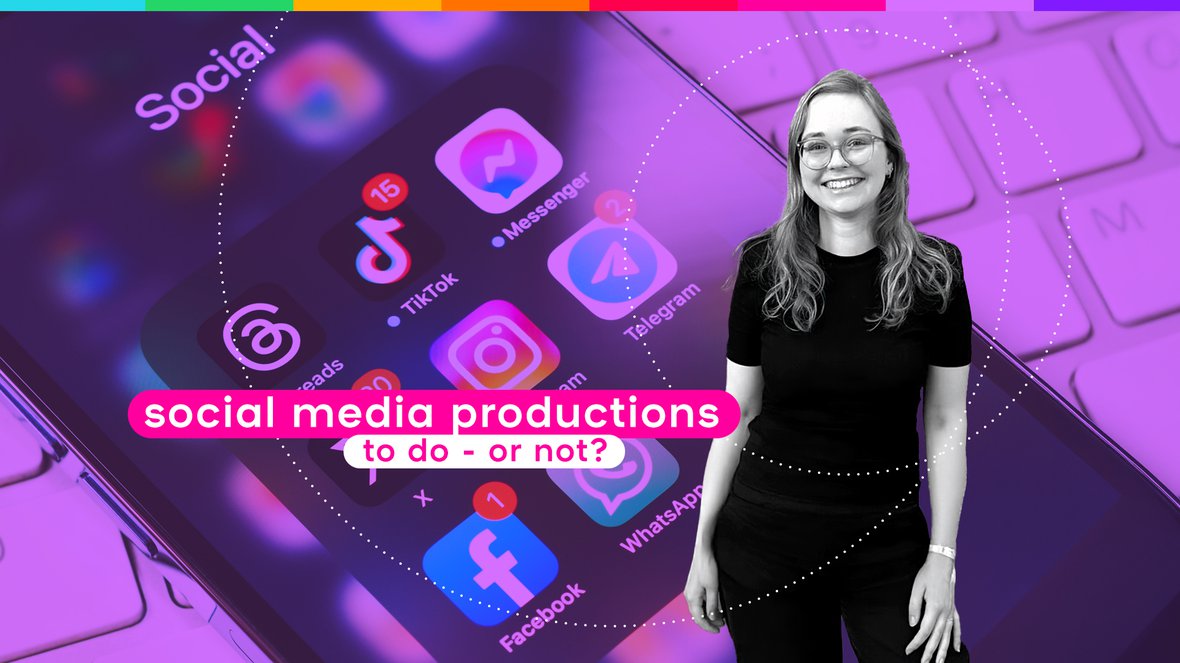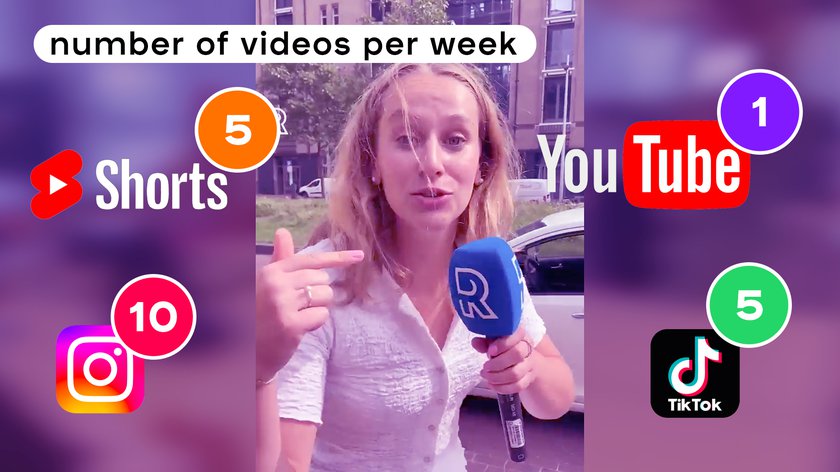How much time and money should you invest in social media content? Should it be given equal consideration to more traditional forms of journalism? This question is a sensitive one in many newsrooms. Denise Bouwmeester has a clear opinion on the matter.
Denise Bouwmeester is the head of online at Rijnmond, a Dutch regional public broadcaster, and sparked discussion recently with a LinkedIn post. She had been looking for an intern for her social media team. In the Netherlands such internships must get university approval - and one candidate’s school was skeptical about whether social media constituted journalism at all.
But what skills do you actually need to work on a social media team? Generating ideas and angles; conducting research; creating content in the broadest sense; planning and organising; collaborating. These processes might end up as content for TikTok, Instagram Reels or YouTube, but in her mind there is no question: for her newsroom, her team, social media is journalism.
Your LinkedIn post was really thought provoking and you really struck a nerve, didn’t you?
“Not everyone in a newsroom is eager to make short, snappy videos for social media. I understand there’s a tension because we want to provide context, and these platforms don’t always seem suited for that. But it is possible. In fact, social media allows for much more interaction with your audience. Our constant question is: where is our target audience, and how can we reach them while upholding our journalistic values?”
That’s a great question - and it goes to the heart of the obvious concern about social media for news media. So how do you approach this at Rijnmond specifically?
“Well, housing shortages are a big issue in our region. You could present that in a traditional news article backed by statistics, but we take a different approach: we use social media to connect people with similar experiences, letting them share how they are managing their housing search. This fosters a sense of community and encourages them to learn from one another. We also visit people with unique housing solutions, like tiny houses or repurposed shipping containers, and showcase their stories. This approach brings much more depth to the topic.”
Social media is a broad church - what is your channel strategy?
“Our primary focus is creating videos for Instagram, TikTok and YouTube. But we often repurpose that content for our website and app. Videos that perform well might even appear in our TV news broadcasts. Previously, we mostly shared videos made for TV on social media. Now, it’s the other way around.”
So, has the role of a social media editor changed as well?
“Absolutely. On X, Facebook, and Bluesky, we mainly share links to our website. That’s a different approach, tied to the target audience and the algorithms of those platforms, which are less conducive to native video content. Simply repurposing website content for social media no longer works.”



